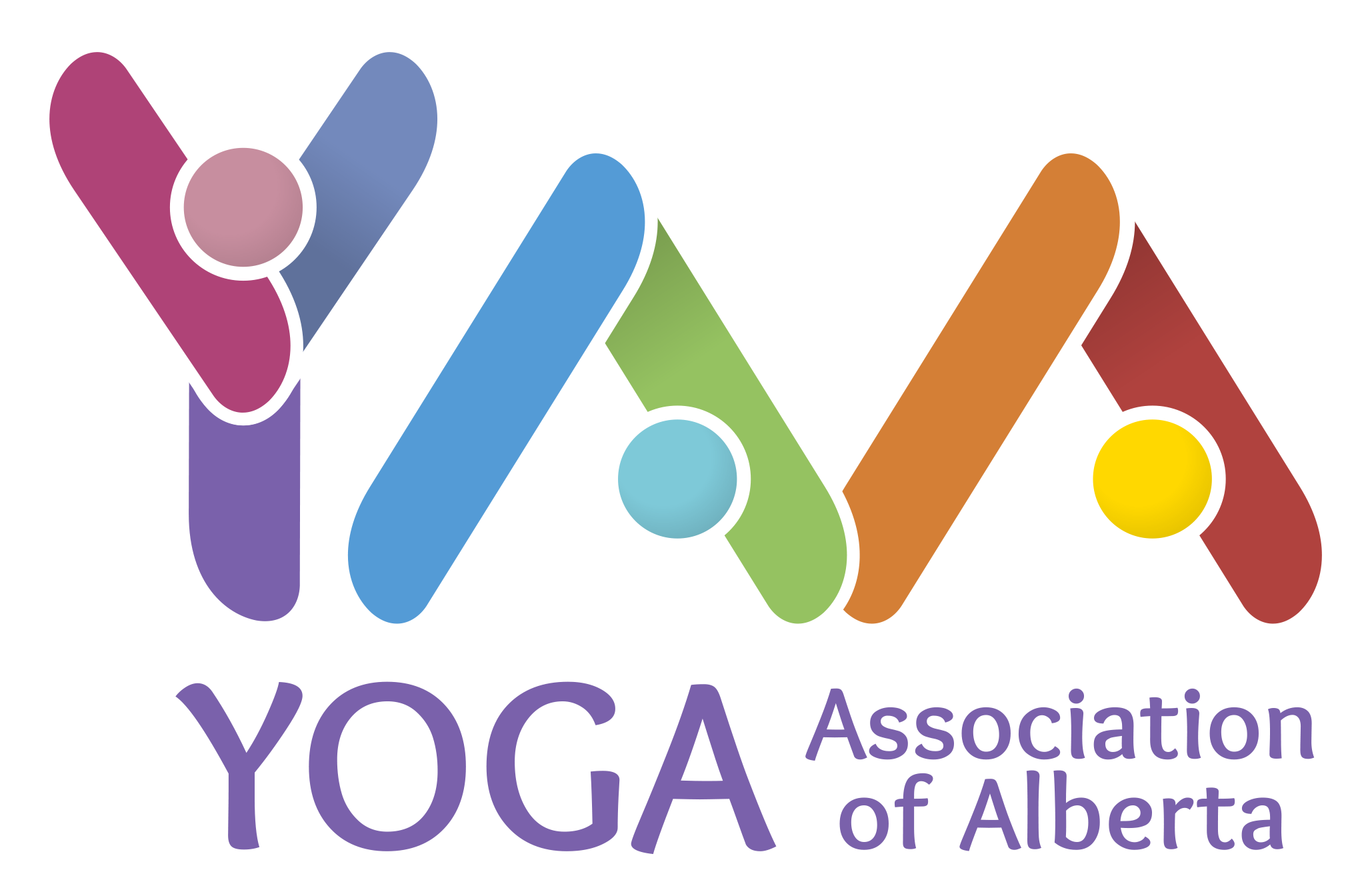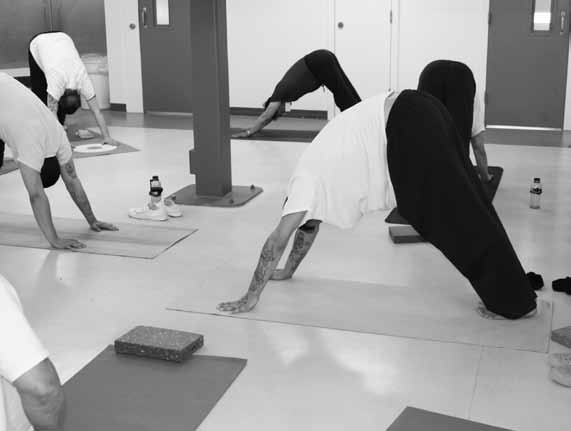By Paul Yapp interviewed by Norm Cowley
Originally published in Yoga Bridge - AUTUMN 2019 VOLUME 19 ISSUE 3
The first time Paul Yapp visited a prison, he discovered an intimidating environment with tight security, doors electronically secured, plus guards and cameras to watch an inmate’s every move.
The first three times he went to the prison alone, he was directionally challenged, going through wrong doors and getting into unfamiliar parts of the prison complex. After a few trial-and-error attempts, Yapp finally learned how to navigate his way through the multiple series of doors and corridors.
Today, Yapp is a Yoga Association of Alberta Senior Teacher who is trying to help inmates find a better path for their lives once they get out of prison. He has been teaching yoga to inmates in two concentrated 90-minute classes per week through the YAA’s Outreach Program, which provides yoga programming in communities which may not be able to readily access yoga. Such hard-to-reach populations include prisons, street youth, women’s shelters, seniors and rural communities. “It is very gratifying and humbling to hear the inmates sometimes clapping in appreciation as I leave after the class,” said Yapp, who was initiated into the Outreach Program by YAA Senior Teacher Fran Wildman.
Wildman wrote about her experiences of teaching yoga in the common areas of a prison in a previous issue of the Yoga Bridge. While we’re all “on the path of life with our different challenges, wounds and stresses,” Wildman noticed that “the longing for stillness and peace – resting the mind and body – is the same. As we focus, the noise fades away and we move into a place of connection with our deeper selves, listening inwardly for guidance. We are no longer having a class in prison. We are doing yoga and meditation together in a community of people.”
Yapp started out offering hatha yoga, primarily consisting of āsanas with some meditation, for an audience of inmates that quite often has a healthy turnover. “This was the format of teaching,” he said. “What I discovered is the older inmates were more tired and not interested in much exercise, especially when it comes to stretching. They were, however, very engaged intellectually, so I began to offer the concept of mind yoga (jñāna yoga) to bridge into meditative yoga.
“What I am discovering is jñāna yoga is gaining popularity with a growing number of attendees,” Yapp continued. “I delve into the definition of ‘life,’ ‘wisdom of choice in life’ and how the practice of yoga will support such ‘wisdom of choice’ as predicated by the yamas and niyamas (two of the eight limbs of yoga from Patañjali’s Yoga Sūtras).”
The yamas are principles of conduct (moral behaviour in the outside world) while the niyamas are observances of those principles of conduct (our behaviour when no one is looking).
“The inmates realized at some points in their lives, intellectually speaking, that they have made wrong choices,” Yapp said.
“This YAA Outreach Program is designed to accommodate āsana, jñāna yoga and samādhi yoga, all of which are consistent with hatha yoga and supported by the philosophy expressed within the Yoga Sūtras.
To further help the inmates who were voluntarily attending yoga classes, and “because we wanted the students to be motivated to stay with the program, they were invited to put their names forward to be tested once they felt they were ready,” he continued. “Once they have shown they know how to instruct all of the poses, they can apply for a Confirmation of Attendance/Letter of Competence from the YAA.”
In order to be eligible for a Confirmation of Attendance Letter, which they can receive upon being released from prison, the inmates might have to do a “show-and-tell” of how to perform certain āsanas for fellow inmates, a demonstration of how to do a sun salutation and an introductory understanding of the Yoga Sūtras.
“We are looking for commitment and interest in yoga,” he said. “We want them to learn critical inquiry using the Yoga Sūtras to guide their lives once they are released. They learn to concentrate. Using critical inquiry, they consider the question ‘Who Am I?’ They are encouraged to memorize the yamas and niyamas. Their mantra is ‘Essential Harmlessness to Myself and Others.’ ”
“This YAA Yoga Outreach Program in prisons is experimental in nature,” he explained. “I was delighted to be invited to contribute to the development of this program as my work life and career have always been in ‘planning, research and development.’ ”
There are currently more than 25 inmates who have been awarded a Confirmation of Attendance Letter. The letter offers the inmates a chance to continue their study of yoga after they’ve been released from the institution.
Yapp said the YAA program has made significant contributions to the lives of inmates, some of whom have been incarcerated for a long time and some who will be soon released.
“Through yoga, both of these groups have a better outlook on life,” he stated. “The most gratifying thing for me will be to have them come to my class after they’ve been released.”
The YAA is grateful for several grants from the Government of Alberta (CIP) and generous donations from YAA members which allow us to offer and maintain this important Outreach Prison Program. The YAA is a registered charity and issues official tax donation receipts to all of its donors.
Paul Yapp is a YAA Senior Teacher, a martial arts Chi Gong master and Registered Massage Therapist (RMT). He is based in Edmonton but teaches all over Canada. He currently teaches private workshops with organizations and public classes at select locations.

